Fragrance Buying Guide
Fragrance Buying Guide
Fragrance can evoke powerful reactions in people, it can change how we feel about ourselves, as well as how we view others. And even though it’s invisible and often takes a backseat to our clothing, makeup and hair, fragrance is still a big part of our personal style and presentation. Wearing the right fragrance can make you feel attractive, polished, or more confident—and it can also send those very same messages to those around you.
For many people, fragrance is an important part of their daily routine, and they wouldn’t dream of leaving the house without it. Then there are those who wear fragrance only for special occasions. Some people fall in love with a fragrance and wear it for years, making it their signature scent, while others prefer to change their fragrances as often as they do their clothes. Clearly, fragrance plays a different role in everyone’s lives.
Society has a history of classifying softer, more feminine fragrances as perfume for women, and more powerful fragrances as cologne for men, yet all fragrances are actually gender-neutral and are meant to be worn and enjoyed by everyone. So, whether you’ve been taken in by the romance of a floral toilette spray or the allure of a woodsy cologne, you should never let a label prevent you from wearing a fragrance that you truly love.
Understanding the Difference Between Perfume, Cologne, & Other Fragrance Types
All fragrances can be classified as one of 5 types: Parfum, Eau de Parfum, Eau de Toilette, Eau de Cologne, and Eau Fraiche. The difference between the five types of fragrances is the percentage of perfume oil that they contain. Fragrances with a higher concentration of perfume oil will have a more intense scent, and last longer on your skin.
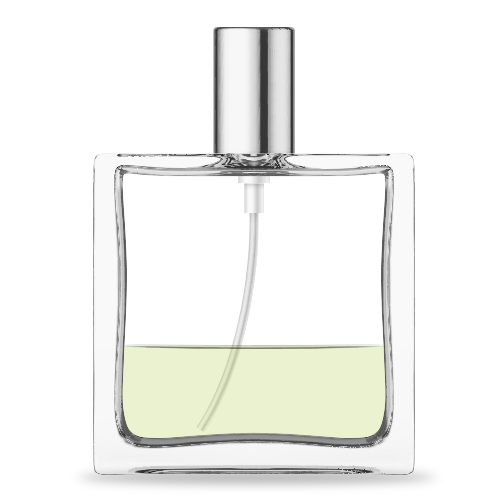
Parfum
- Perfume oil (approx.): 20-30%
- Lasts (approx.): 24 hours
Parfum, sometimes referred to as perfume, contains the highest concentration of perfume oil and the least amount of alcohol, and is considered one of the purest fragrances available. Parfum has a very intense aroma, which can last up to 24 hours.
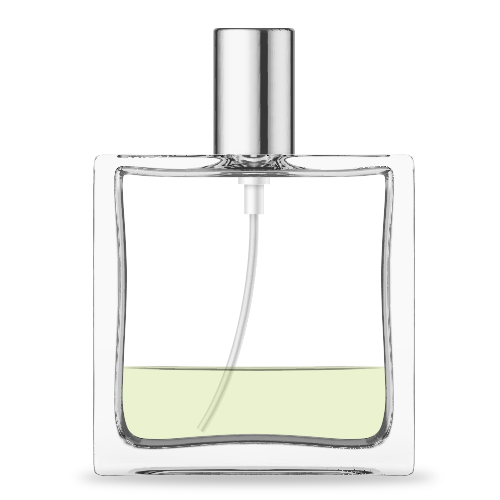
Eau de Parfum
- Perfume oil (approx): 15-20%
- Lasts (approx.): 5-8 hours
Eau de Parfum (EDP), also referred to as perfume water, contains the second highest concentration level of perfume oils, which makes it long-lasting and great for everyday wear. Although it is a little more expensive than other fragrances, eau de parfum is the most popular of the fragrance types.

Eau de Toilette
- Perfume oil (approx.): 5-15%
- Lasts (approx.): 3 hours
Eau de Toilette (EDT) is delicately scented cologne that contains an average concentration of perfume oils, making it lighter and more affordable than eau de parfum. Due to its fresh, airy nature, many people prefer to use eau de toilette for daywear or during the summer months.

Eau de Cologne
- Perfume oil (approx.): 2-4%
- Lasts (approx.): 2-3 hours
Eau de Cologne (EDC), also referred to as cologne, contains a low concentration of perfume oils, which makes it much lighter than other types of fragrances. Because eau de cologne lasts for only a few hours, it will need to be reapplied throughout the day, which is why it is typically sold in larger capacity bottles.
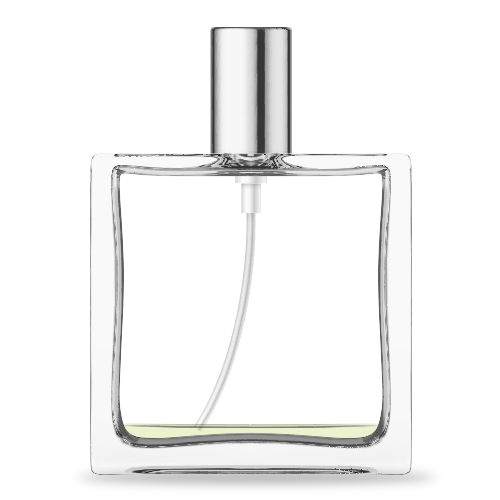
Eau Fraiche
- Perfume oil (approx.): 1-3%
- Lasts (approx.): 1-2 hours
Eau Fraiche, also referred to as fresh water, is an extremely light and diluted fragrance that contains the lowest concentration of perfume oils and alcohol. Because eau fraiche lasts for only an hour, it will need to be reapplied several times throughout the day. Due to its diluted nature, eau fraiche is not as popular as other types of fragrances.
The Importance of Fragrance Notes
The term note simply refers to an ingredient in a fragrance. All notes can be classified into one of 3 types: top, middle, or base.
It is the combination of these 3 notes that creates a fragrance.
It is the combination of these 3 notes that creates a fragrance.
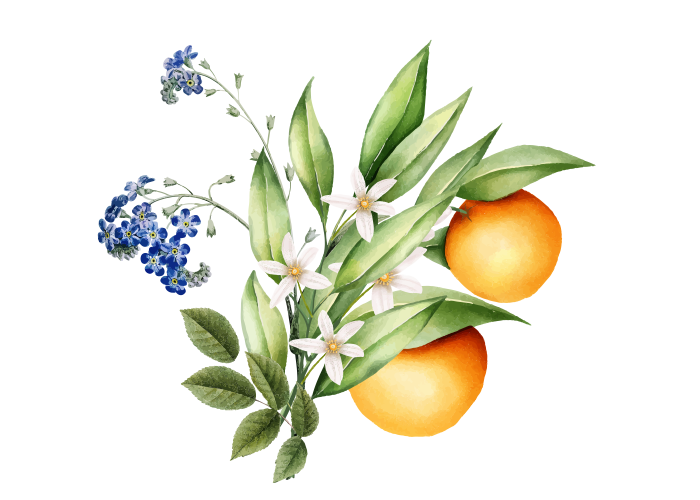
Top Notes:
After opening a fragrance bottle, the first thing you notice are the fresh, light top notes. These initial scents will linger anywhere from 10-15 minutes, before starting to dissipate and soften. Top notes, sometimes referred to as head notes, are important because they give a powerful first impression of the fragrance.
Examples of top notes include: citrus, fruits, florals, herbs
Examples of top notes include: citrus, fruits, florals, herbs
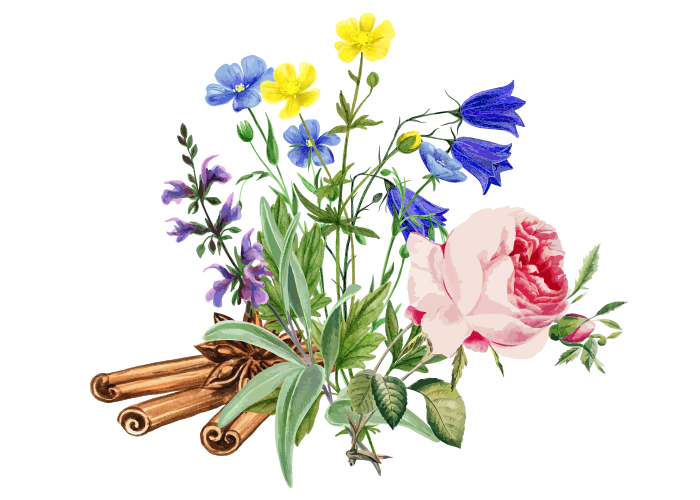
Middle Notes:
Once the top notes begin to soften, you will notice the stronger secondary scents, which are called middle notes. Often referred to as the heart or core of the fragrance, the well-rounded middle notes comprise approximately 65% of the fragrance, and act as an intermediary between the top and base notes. Middle notes will last anywhere from 2 to 4 hours.
Examples of middle notes include: heavy florals, botanicals, greens, spices
Examples of middle notes include: heavy florals, botanicals, greens, spices

Base Notes:
Finally, after the top and middle notes have settled down and dissipated, you’ll start to smell the rich base notes. These scents are deep and heavy, and give a grounding affect to the fragrance. Of all the notes in a fragrance, base notes tend to last the longest, anywhere from 4 to 6 hours.
Examples of base notes include: woods, amber, vanilla, musk, tobacco, patchouli
Examples of base notes include: woods, amber, vanilla, musk, tobacco, patchouli
Finding the Perfect Fragrance
With so many fragrances on the market today, you're sure to find one, or several, that you love—it may just take a bit of research. Start by browsing for fragrances online, taking the time to read the product descriptions, as well as the customer reviews. Customize your fragrance search by preferred gender, brand, or fragrance type. And, if you’ve worn a fragrance in the past that you really enjoyed, consider trying a new fragrance from the same product line or brand.
How to Apply Fragrance
If you’ve been wondering how to put on cologne or parfum properly, it's really quite simple. When applying any type of fragrance, it’s best to be conservative and start with a light spray or dab of scent. Apply the fragrance directly onto your skin, being sure to avoid your face and eyes. If you’re using a spray, hold the bottle 7-10 inches away from your skin. Body heat is known to intensify a fragrance, so choose areas of your body that are naturally warmer, like your neck, chest, forearms, and wrists. Avoid rubbing the fragrance into your skin, which will only break down the oils and help it fade more quickly. Instead, let the fragrance absorb into your skin naturally. Please note that some fragrances can damage certain types of clothing and jewelry, so it’s best to apply fragrance and let it dry completely, before getting dressed.
Fragrance Concentration
A fragrance that contains perfume oils of higher concentration, will have a more intense smell and last longer on the skin. This does not mean that it is a better fragrance, it simply means that it’s a stronger one. It’s important to note that many ingredients smell differently depending on their concentration levels, which you may or may not like. In fact, there are many people who prefer the subtlety and versatility of a lower concentration fragrance.
Care & Storage
Moisture and heat will break will down fragrance oils, negatively affecting the longevity and natural scent of a fragrance. That’s why it’s important to store your fragrances in a cool dry place, and out of direct sunlight. Although perfumes are not marked with expiration dates, that doesn’t mean that they will last forever. The average lifespan of a fragrance is 2 to 5 years, before they start to break down, and smell differently than intended. However, fragrances with a higher percentage of perfume oils and deep base notes have been known to last as long as 8-10 years. So, if you love a fragrance, wear it and enjoy it, instead of placing it on a shelf and risk letting it turn.
Glossary
Absolute: An absolute is a highly-concentrated and aromatic fragrance oil derived from botanicals. Considered to be more powerful than essential oil, absolute is an important component in perfumery.
Accord: An accord is a unique scent created by mixing several notes together. Accords are created with the intention of mimicking a natural scent that cannot be otherwise obtained.
Concentration: Fragrances can be divided into 4 different perfume oil concentrations, or strengths (listed strongest to weakest): parfume, eau de parfum, eau de toilette, cologne. The higher the scent oil concentration, the more long-lasting the fragrance will be.
Drydown: The drydown is the final and longest-lasting stage of a fragrance after the top and middle notes have dissipated. It is the time in which the deep base notes take center stage.
Essential oils: A common ingredient found in perfumes, essential oils are concentrated extracts derived from aromatic plants. These important oils are created using a pressing or distillation process.
Extract: An extract is a powerful perfume that contains a 15-45% concentration of aromatic oil. It is considered to be the most potent form of perfume on the market.
Nose: A master perfumer, affectionately referred to as a nose, is a skilled professional who creates the original formulas for fragrances. Although a company or specific brand may be responsible for the idea of a fragrance, the nose is the person who decides which ingredients will be used in the formulation. Most master perfumers have received training from the finest schools in the world, and hold college degrees in both chemistry and perfumery.
Note: The term note, simply refers to an ingredient in a fragrance. All notes can be classified into one of 3 types: top, middle, or base. It is the combination of these 3 notes that creates a fragrance.
Synthetic: The term synthetic is used to describe any ingredient found in perfume, that was not obtained through a natural extraction process. These chemically created ingredients are a reasonable substitute for natural ingredients that are too expensive or hazardous to obtain.

